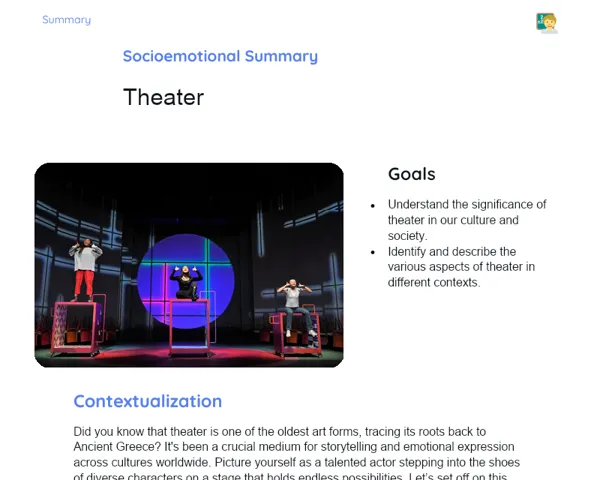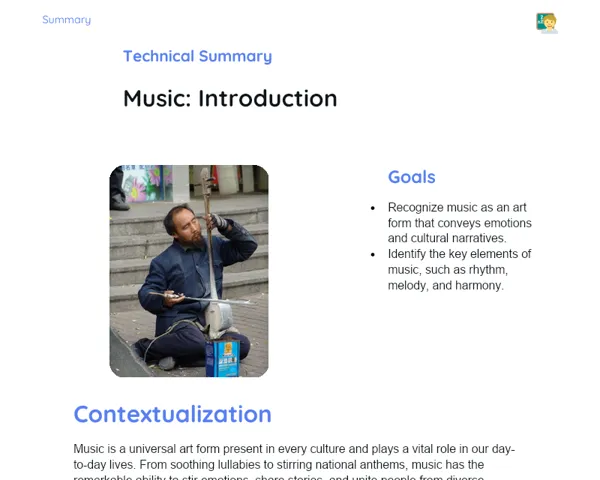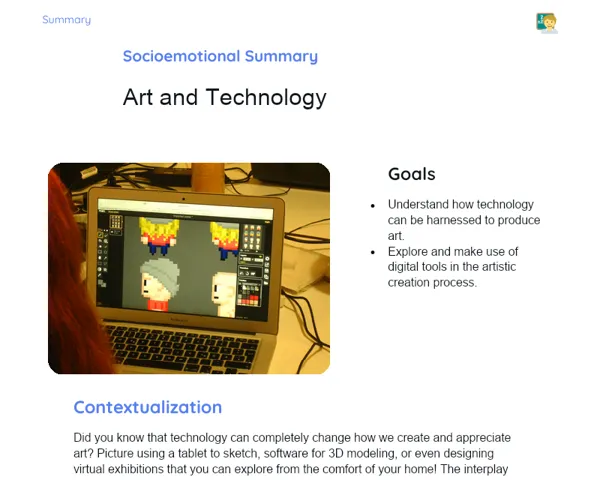Objectives
1. Examine how artistic practices evolved to express Christian beliefs, from secret meetings in modest spaces to eventual acceptance as a recognised religion.
2. Identify and explain the unique styles and symbols of Primitive Christian Art, with a special emphasis on the influence of cave paintings.
Contextualization
Did you know that the earliest Christian churches were not grand structures but often humble residences or even hidden underground catacombs? For example, the Priscilla Catacomb in Rome was not only a burial site but also a covert gathering place where early Christians worshipped and expressed their faith, often decorating the walls with art. Such practices not only depicted stories from the Bible but also played a key role in spreading and preserving Christian teachings during challenging times.
Important Topics
Catacombs
Catacombs are networks of underground passageways used by early Christian communities as burial grounds and secret places to practice their faith when they were persecuted. These elaborate galleries in Rome, for instance, were adorned with murals that illustrated biblical scenes and symbolic motifs from primitive Christianity. The catacombs thus became important sites not just for interment, but also as spaces for worship and defiant expression of the Christian beliefs.
-
Mainly found in Rome, catacombs were crucial during times of persecution, offering refuge and meeting spots for the Christian community.
-
The paintings in the catacombs are filled with symbols and biblical narratives that echo the theology and beliefs of early Christians.
-
These artworks served a dual purpose: they beautified the space and also educated the faithful about the stories and lessons of the Scriptures.
Cave Paintings
While not solely a Christian medium, cave paintings played a notable part in the early art of Christianity. Found in regions like Cappadocia in Turkey, these paintings predate the official status of Christianity, providing us a glimpse into the shift from covert religious practices to more open expressions of faith.
-
Often located in areas that offered a safe haven to early Christians, cave paintings usually portray biblical figures or scenes echoing Christian spiritual themes.
-
Studying the techniques and motifs in these paintings helps trace the evolution of Christianity and its assimilation with local customs.
-
They offer insights not only into art history but also into how the Christian faith adapted in diverse cultural contexts.
Primitive Christian Iconography
Primitive Christian iconography refers to the images and symbols that early Christians used to signify their faith. Many of these symbols sprang from Jewish and Roman traditions and can be seen in mosaics, paintings, and everyday objects. They were vital in strengthening the identity and unity of the Christian community, especially amidst periods of suppression.
-
Images like the fish (Ichthys), the Good Shepherd, the dove, and symbols representing Alpha and Omega remain significant to this day, each bearing deep theological significance.
-
These symbols not only helped in visibly marking Christian sites or objects, but they also played a key role in teaching and communicating the core values and beliefs of Christianity.
-
The incorporation of symbols from other cultures highlights the lively interchange between the new Christian faith and ancient traditions, using art as a bridge between different cultural backgrounds.
Key Terms
-
Catacombs: Networks of underground tunnels used by early Christian communities for burial and practicing their faith during periods of persecution.
-
Primitive Christian Iconography: A collection of images and symbols representing the Christian faith in its early stages, often influenced by Jewish and Roman traditions.
-
Cave Paintings: Artistic representations found in caves, pre-dating or emerging alongside Christianity, which served as places of worship or refuge for early believers.
For Reflection
-
How did the art found in the catacombs differ from the Christian art that began to appear once Christianity gained official acceptance?
-
In what ways does primitive Christian iconography illustrate the efforts to blend the new Christian beliefs with established cultural traditions?
-
How did art serve as a medium to convey values and religious teachings in times of persecution and marginalisation?
Important Conclusions
-
We have explored how art, especially through catacombs and cave paintings, was pivotal in preserving and expressing the Christian faith during times of adversity.
-
We looked into primitive Christian iconography and saw how it melds emerging Christian beliefs with long-standing cultural traditions.
-
We discussed the journey of Christian art from its humble beginnings to becoming a dynamic means of religious and cultural communication.
To Exercise Knowledge
- Design Your Own Christian Symbol: Inspired by the iconography discussed, sketch a Christian symbol and explain its meaning in today’s context. 2. Diary of a Catacomb Painter: Write a series of diary entries imagining yourself as an artist working in the catacombs, sharing your inspirations, struggles, and reflections on your work. 3. Mapping Influences: Create a conceptual map linking primitive Christian symbols to their roots in Jewish and Roman cultural traditions.
Challenge
Art Detective Challenge: Select a painting from a catacomb or cave, research the historical background of that piece, and present your findings to the class through a video or presentation.
Study Tips
-
Leverage online resources, such as virtual tours of catacombs and museums, to better visualise primitive Christian art in its original setting.
-
Maintain a study journal to note down how the art discussed in class compares or contrasts with current artistic expressions.
-
Engage in discussions with friends or family about the lesson material to deepen your understanding and gain varied perspectives on art and religion.



